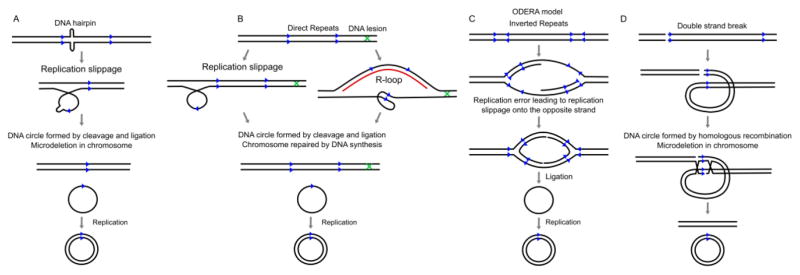Figure 2. Examples of how eccDNA is formed.
(A) Replication slippage creates a loop on the template strand through mis-priming of a dissociated polymerase at the wrong direct repeat. The loop is then excised and ligated into a circle, leaving a microdeletion on the chromosome. (B) Replication slippage creates a loop in the product strand which is then excised and ligated into a circle, but no microdeletion is left on the chromosome. An R-loop displaces the non-template strand and allows the direct repeats on the unpaired strand to form into a loop which is then excised and ligated into a circle. Alternatively (not shown), the RNA paired DNA strand could be excised, released from the RNA and ligated between direct repeats to form a circle. In either case, the gap in the chromosomal DNA is repaired by gap filling and leaves no deletions on the chromosome. (C) ODERA mechanism of eccDNA formation. Replication slippage on pairs of inverted repeats and ligation forms a single-strand circle, e.g. [54]. (D) Double strand break within a repeat region with a proximal homologous repeat sequence is repaired by homologous recombination. The small fragment forms a circle, while the chromosome suffers a microdeletion. An example of this is in [34].

